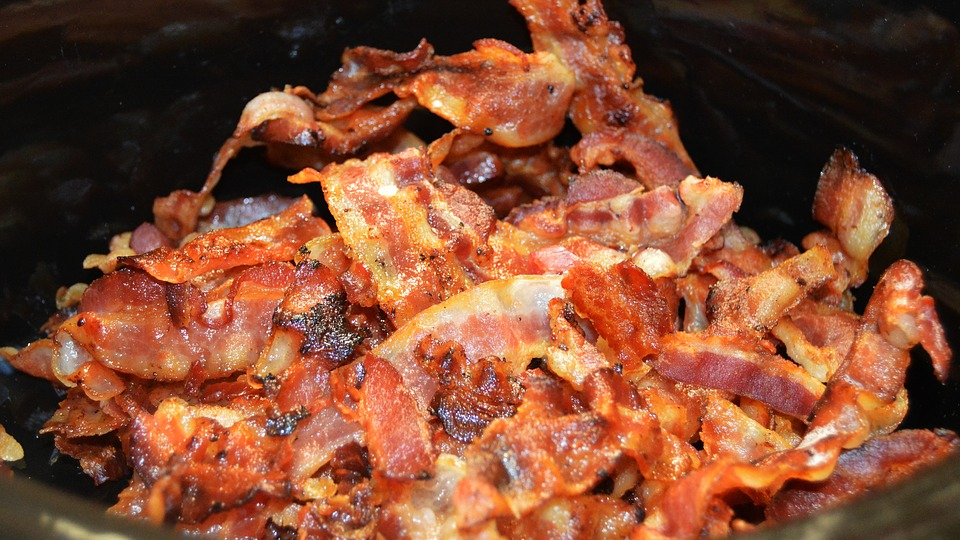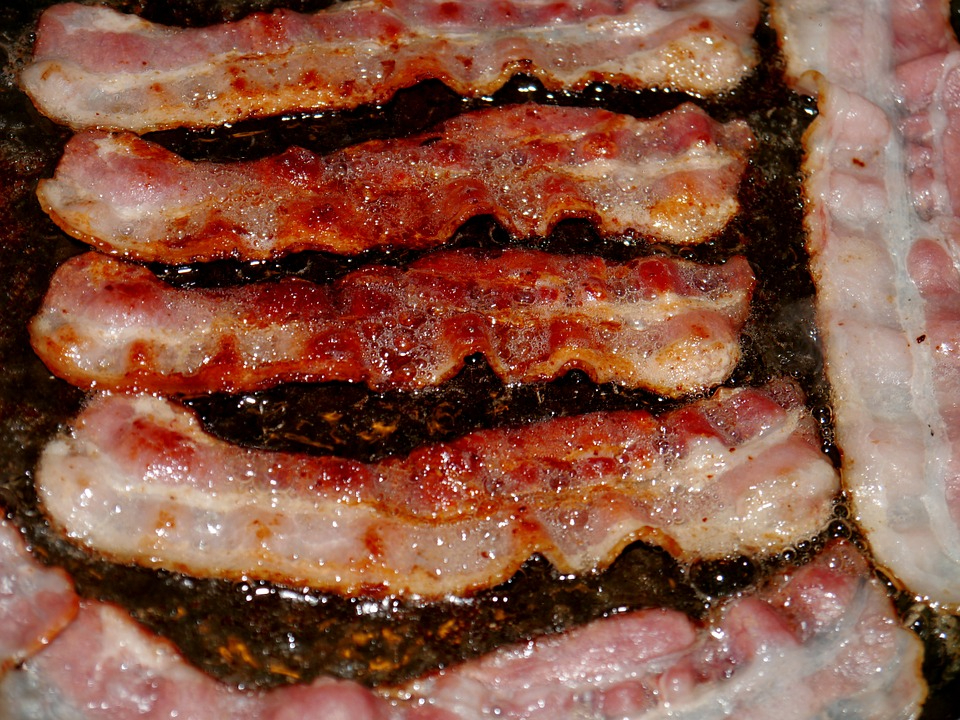Bacon Prices Are Skyrocketing And Probably Won’t Stop
Bacon prices are going through the roof and they might not stop anytime soon.
This article is more than 2 years old

Who doesn’t like a nice Sunday morning breakfast to include some eggs, hash browns, and a few slices of bacon? Or maybe you prefer a wonderful BLT for lunch. Regardless of preference, if you plan on including bacon with any meal, be prepared to pay more as bacon prices continue to climb.
For Americans, bacon has hit its highest point than seen over anytime in the past 40 years. According to some analysts, the higher bacon prices are not expected to ease up anytime soon.
Over the past 12 months, the Consumer Price Index has shown bacon to have jumped nearly 28%. Not just bacon, though. Pork chops are also costing consumers more as they have climbed 7% over the same time span.
There are plenty of reasons why bacon has continued to climb the price ladder without any evidence of it coming down. Supply chain issues are one reason as the COVID pandemic has caused untold billions of dollars in damage. Lost jobs, shrinking workforces, and businesses going under have all played a huge part in the rise in bacon prices.
Not only that, but the Joe Biden Administration thinks they identified the major problem. They feel bacon (and pork) prices have jumped so high because a few large companies control the market share majority. Biden’s administration has outlined plans to hopefully make things more equal.
When the country was first hit with the COVID pandemic, domestic pork was one of the first to lose balance as its supply chain felt the effects. Consumers began to panic and started stuffing their freezers full of pork.
When food service (restaurants) and their suppliers shuttered virtually at the same time, the supply chain hit its major snag. In this case, the pig backlog grew to proportions unattainable. Millions of pigs were euthanized and couldn’t be processed into food.
Farmers were afraid of getting ahead of supply-demand, so they started to thin their breeding herds. As a result, fewer pigs as pork production is expected to be 2% lower than in 2020.
Demand, though, hasn’t waned. People love their bacon and apparently will pay just about what the market bears.
“Demand has been exceptional in the US, moving more volumes at retail than ever before seen,” Adam Speck, economist for HIS Markit, wrote in an email to CNN Business. “The combined effect of tighter supplies and stronger demand for proteins overall have contributed to this inflation.”

Still, the bacon prices remain high. With cold storage not carrying as much pork late last year, the pork industry had to rely on fresh animals, which in turn helped cause the jump in price. Speck feels the costs may have already peaked but they should remain high and maybe get back to normal by June 2022.
“But do not expect a rapid price concession the next few months,” Speck conceded, “as retailers are typically slow to bring bacon prices back down.”
The lack of cold-stored pork is only part of the bacon price problem. As shortages consume the globe, feed, freight, and labor costs have also seen a sharp uptick in prices. Not only that, but another shocking development has caused a lot of concern around the pork industry.
The re-appearance of the African Swine Fever is beginning to take its toll on the market. The deadly, incurable pigs’ disease has found its way into Asia the past few years and also hit the Dominican Republic hard in July 2021. This was the first time in 40 years that the disease was confirmed in the Western Hemisphere.
This re-emergence represents a major concern for the United States, especially if the disease somehow found its way here. It could cause massive devastation to an already hurting pork industry that could see losses in the billions and completely shut down the export markets.
For now, the U.S. has been able to keep the deadly disease away.
Bacon prices (pork in general) are not the only meat to take a hit. While pork has seen a 12.1% increase since December 2020, beef has jumped 14% and poultry has climbed 6.6% in that same timeframe.
These are numbers that don’t sit well with consumers and the Biden Administration’s multi-tiered plan takes aim in fighting the meat industry’s anti-competitive practices. First up is finding a way to get more meat producers involved. As it stands, the Biden Administration claims that four firms control between 55-85% of the meat market (beef, pork, and poultry).
The Biden Administration, along with the U.S. Department of Agriculture, look to take a dent out of bacon prices and all the other meats by enforcing antitrust laws, investigating potential price-fixing, and offering a large sum of money to help farmers.
Let’s hope this is something the Biden Administration can pull off. Sunday brunch is at stake here.




